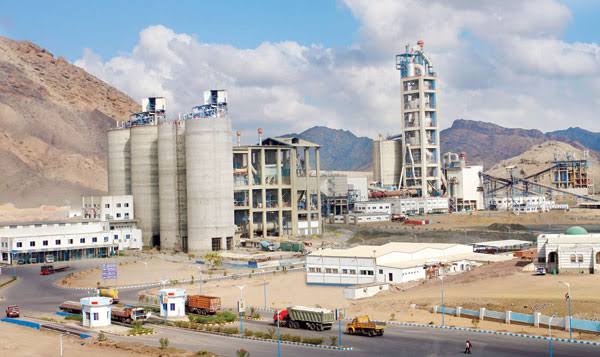A vicious price war has erupted in the cement business as new players challenge control of the market by already established firms.
This is happening as each firm in the cement business positions to benefit from the ticket infrastructure projects, driven by President Uhuru Kenyatta and the Jubilee Government’s Big 4 plan
Thus, the opening of a new KSh5.8 billion plant in Nakuru by National Cement Company (NCC) – a subsidiary of Devki Group of Companies, has not gone unnoticed.
According to Devki Group of Companies CEO Narendra Raval, this new plant has the capacity to produce 2,500 tonnes of cement per day and an average of 750,000 tonnes annually on one of its new lines, whose construction was completed in November, 2019.
Mr Raval said his factory is selling cement at KSh.530 in Nakuru and surrounding areas in the Rift Valley compared its KSh.750 and above, sold by the competition.
There is increased demand for cement, the government being a major client for its roads and building construction. Establishment of such factories upcountry has brought this vital commodity closer to the people, reducing cost of transport and giving them proximity advantage.
President Uhuru Kenyatta
NCC was founded by the Devki Group of Companies 12 years ago with Simba Cement, as its flagship brand.
Figures indicate that National Cement was the smallest of the 6 largest cement manufacturers in Kenya, controlling a paltry 8%of the market. This position has since changed following its aggressive expansion.
According to Kenya National Bureau of Statistics (KNBS), December 2019, Cement production in Kenya reached 453,092 metric tonnes in November 2019.
This is compared to a consumption level of 448,081 metric tonnes. In September, 2019 consumption was 479,177 metric tonnes compared to 492,670 metric tonnes in October 2019.
Experts attribute this decline in cement production to a slowing real estate sector.
A report by Knight Frank, covering the first half of 2019, shows that continued decrease in cement production, consumption and the value of building plans approved is indicative of a slowdown in the real estate sector.
The report attributes this to the current oversupply, low transactions and the interest rate cap which has resulted in reduced lending to the private sector.
However, this scenario in Kenya’s property market could potentially improve in the near future due to the recent announcements by the government during the review period regarding the Affordable Housing Programme (AHP).
Additionally, removal of rate caps is expected to boost lending to the private sector. This will give real estate developers the financial ability to commence new developments.
See Also:




